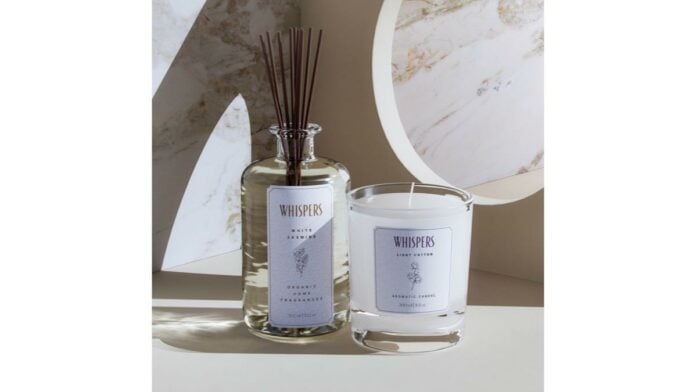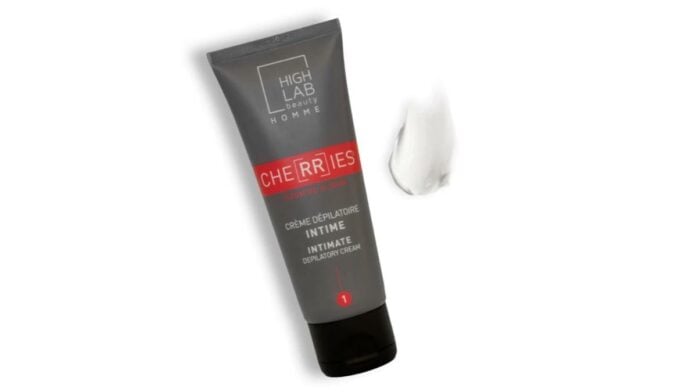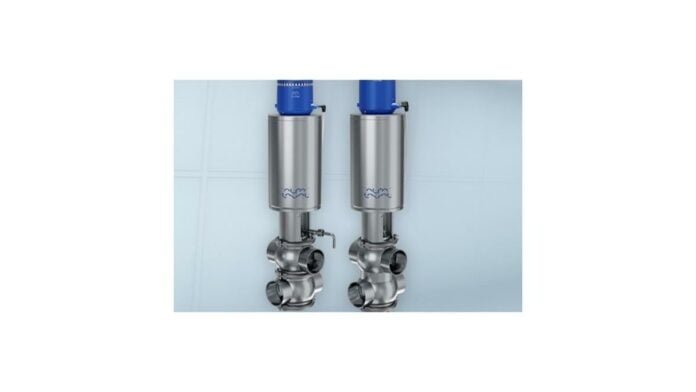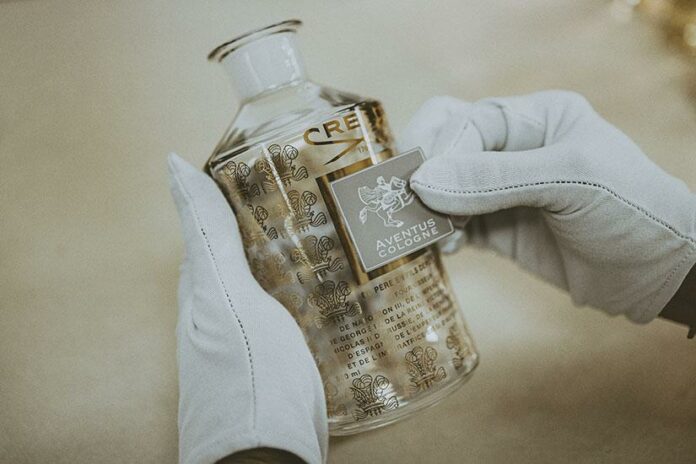A major first for the cosmetics, fragrances and nutraceuticals sectors: in just nine months, 120 participants from 26 different organizations (from VSEs to major international groups, including suppliers, independent consultancies and an academic body), including members of the Green Impact Index consortium, worked collectively under the aegis of Afnor to co-construct a methodology for calculating and displaying the environmental and societal impact of cosmetics, wellness and family health products.
Eric Ducournau, CEO of the Pierre Fabre Group and Chairman of the Green Impact Index consortium, said: " This reference document is a perfect illustration of what collective intelligence can produce in the service of the common good. It now enables all manufacturers of finished products to develop eco-socio-designed products based on common criteria. I am delighted to announce that the first general meeting of the Green Impact Index consortium was held on June 26. A key step in this ambitious and unifying project. We can all take action to reduce the environmental and societal impact of our organizations by making the transition through the products we sell".
Saskia Mamzed Decathlon Health & Care Brand Leader, adds: " Since 2009, Decathlon has been working on the environmental assessment of its products, using the most advanced calculation methods at European level. These quantitative assessment methods enable us to display the environmental impact of our textile and footwear products. For cosmetics, we have chosen to join the Green Impact Index consortium in order to benefit from a pragmatic, comparable method, co-constructed by various market players, leading to the quantitative and qualitative environmental evaluation of our products."
The Green Impact Index consortium's active work on environmental labelling methodology, under the aegis of Afnor, is part of a voluntary initiative within the framework of the European Green Deal: anticipating environmental labelling in the cosmetics, fragrances and nutraceuticals sectors.
Like Nutriscore, the methodology we've developed will enable consumers to choose their cosmetics and wellness products with full knowledge of the facts, thanks to an A to E grading system.
Chloé Fortin, Afnor project manager, explains: "In nine months' work, the participants have succeeded in pooling their strengths to overcome the difficulties of finding applicable and measurable criteria on the basis of consensus. This first methodological compendium could serve as a contribution to the establishment of a future standard, if a new, broader agreement is reached with all the players in the sector."
Understanding the methodology
From the outset, the 120 participants set themselves the goal of developing a methodology that would meet three objectives:
- Provide consumers with reliable and transparent information on the quantification of the environmental (e.g. packaging, formulation, etc.) and societal impacts of products (e.g. fair trade, brand commitments, etc.),
- Provide economic players with a real lever for progress in the eco-socio-design of products,
- Enable the implementation of this display at a cost that is economically acceptable to companies of all sizes.
To do this, they used existing environmental and societal display methods, such as the Green Impact Index launched by Laboratoires Pierre Fabre, Technicoflor's FlorIndex, Groupe Rocher's ecosocioconsoscore, and the PEF (Product Environmental Footprint) developed by the European Commission, with a view to the Green Claims Directive, which is designed to combat the proliferation of labels that engage in greenwashing. They also drew on lessons learned from previous experiments with environmental labelling in other sectors, such as Planet Score, to understand the need to supplement impact calculations from product life-cycle analysis (LCA).
The choices made in developing this methodology have made it possible to :
- Develop a cross-functional approach to different categories of finished products, from cosmetics to family health products,
- Develop a method adapted to all sizes of company, from the smallest to the largest international group, covering both environmental and social issues,
- Base the method on benchmarks, labels and standards, enabling companies to capitalize on the efforts they have already made and the labels and certifications they have obtained,
- Take into account current and forthcoming French and European legislation on eco-design, the circular economy and environmental labelling,
- Co-construct a methodology with all players in the value chain,
- Find the best compromise between life cycle assessment (LCA) and environmental and social indicators,
- Fully integrate biodiversity issues,
- Take into account the specificity of natural and organic products















